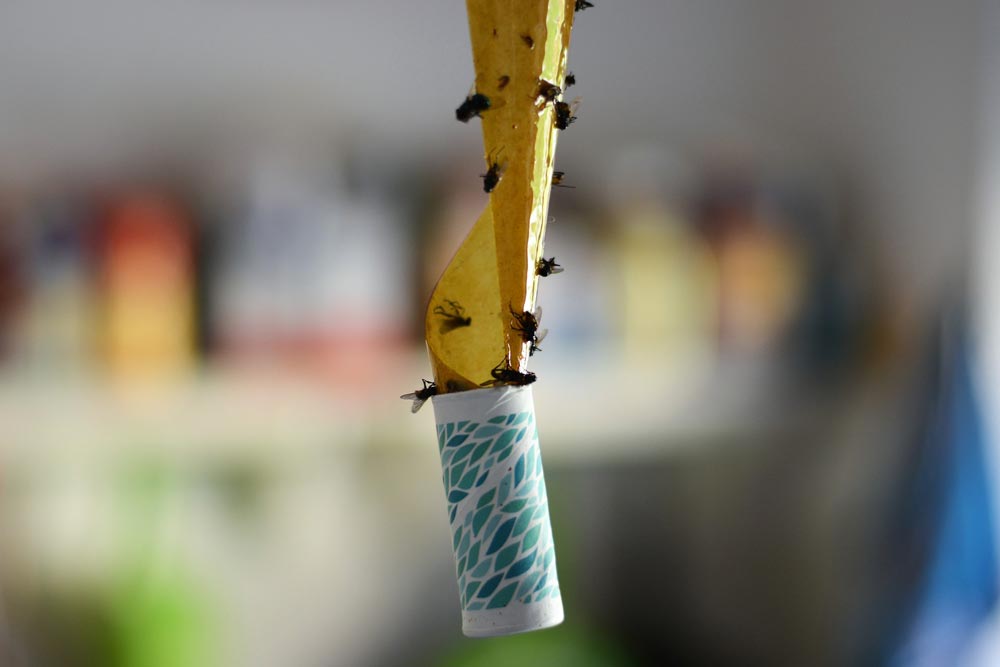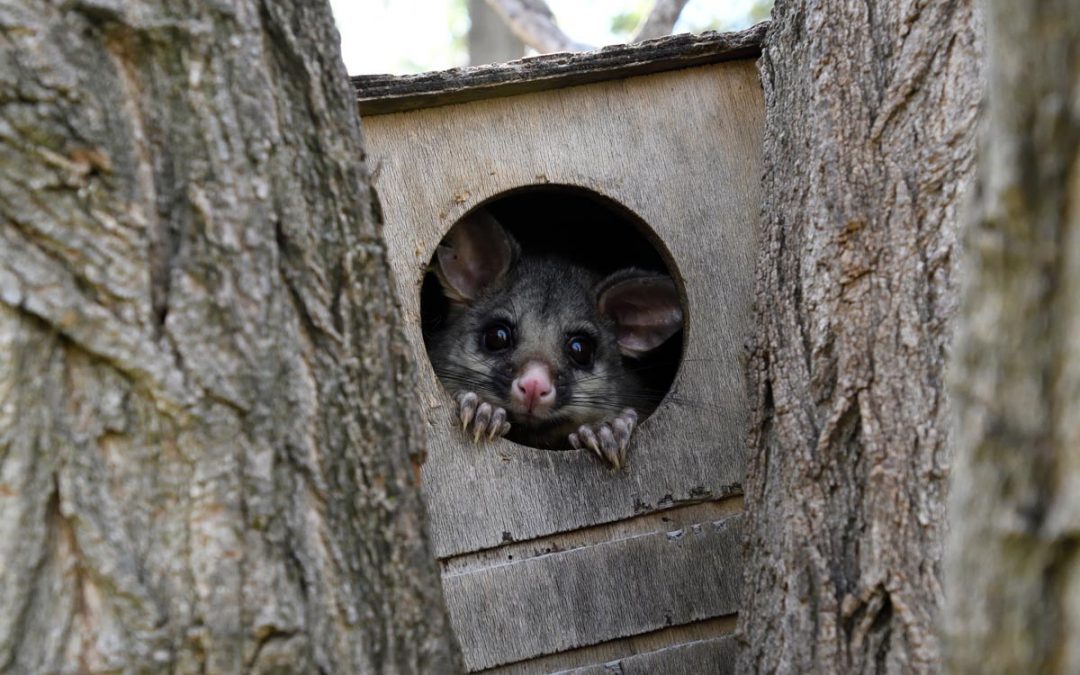
What attracts flies?
What attracts flies to your home or business? Whether you’re dealing with a sudden outbreak or a few persistent pests, understanding what draws flies in can help you prevent them.
Find out what attracts flies and how to prevent these pests from spreading germs around your home and business in today’s Hivemind blog. If you’re dealing with a pest infestation, be sure to check out Allstate Pest Control’s services in Prospect for professional help.
What questions will this article answer?
What flies are attracted to humans
Flies are primarily attracted to warm, moist environments with access to food, waste, or decaying matter. Common attractants include sugary foods, body odour, rotting meat, uncovered bins, and standing water.
Most of us are used to swatting flies away, and you may be wondering exactly what attracts flies to certain people more than others? Here are some reasons why YOU might be a fly magnet:
- You could be wearing bright colours such as red and yellow, which grabs their attention
- Body heat and body odour
- You may have applied smells that attract flies such as sweet, pleasant smelling cosmetics, perfumes, cologne, deodorants and lotion
- Sweat and saliva are sources of moisture
- Exhaled carbon dioxide
Flies are especially drawn to strong, sweet smells – from sugary drinks to scented lotions. If you’re wondering what smell attracts flies, think ripe fruit, perfumes, or decaying waste.
Are flies attracted to sugar?
As an easy source of energy, sugar-laden foods are thought to attract flies the best. With special sensors on their feet and mouthparts that can detect sugar, flies are always keen to sample many delicious foods and drinks including sweets, desserts, syrups, alcohol and soft drinks. This includes carbohydrate-rich pantry staples such as rice, bread and pasta, as well as pet food.
Fruit flies, as their name suggests, are partial to rotten fruit, which are rich in fructose.
Blowflies have an appetite for decaying protein-based products.
Keep pesky flies from spoiling your food. Get fast advice today.
 or
or
Do flies like rotting food and waste?
Decaying organic matter provides flies with not only valuable nutrients, but also enough humidity to lay eggs and nurture larvae, which will eventually hatch into hungry maggots.
This means that your uncovered rubbish bins, compost, pet waste, manure, rotten meat, fruit and plants, and other dead animals such as rodents in your yard can make your home more appealing to flies.
Warm weather
Flies thrive in warm conditions, with an optimum breeding temperature around 25 degrees Celsius.
Combined with humidity and an increased number of food sources, warmer weather creates ideal conditions for flies to breed, feed and multiply rapidly.
Prevent flies from invading your home. Speak to an expert today.
 or
or
Why flies love moisture (and how to stop them)
Like people, flies need water to survive and some species, particularly drain flies, require areas of high moisture to breed. This means your property may be at higher risk of attracting flies if you live near a river or a reservoir, or even if you have a pond, swimming pool, lots of pot plants, leaking drains or pipes and pet water bowls in your backyard.
Noticing too many flies buzzing around? Contact Allstate today
 or
or
Prevent flies in your home
Small, swift and opportunistic, flies will buzz inside your home faster than you can keep them out if given the chance. Here’s some suggestions to prevent what attracts flies in your home:
Remove sources of food
- Keep food stored in sturdy, airtight containers
- Wipe away spills and food crumbs immediately
Minimise access to water
- Fix leaking drains, pipes, gutters and taps
- Keep pot plants well drained
Seal entry points
- Install fly screens over doors and windows and draught stoppers underneath doors
- Ensure windows and doors are well fitted without gaps
Regularly clean your home
- Wipe and disinfect surfaces in kitchen, food preparation, indoor and outdoor dining areas, including tables, chairs, placements, cooktops, sinks.
- Avoid leaving dirty dishes, cutlery and cookware in the sink
- Sweep and mop floors
Practice proper waste management
- Empty rubbish bins regularly
- Ensure rubbish bin lids are well fitted
- Keep rubbish in tightly sealed bags
DIY fly repellents
You can use diffusers or prepare homemade sprays by mixing water or vinegar with a few drops of essential oils which deter flies, such as eucalyptus, peppermint, lavender and tea tree oil.
Various herbs and spices can also be scattered around entry points, such as rosemary, basil, cinnamon and cloves, but take care if you have pets.
Commercial and industrial fly control
At Allstate, we understand the importance of fly control for all food-related businesses such hospitality venues, restaurants, manufacturing, warehouse and distribution facilities.
Our pest technicians have a thorough and up-to-date understanding of food safety standard HACCP and quality standard ISO 9001.
As part of our Integrated Pest Management program, we offer the following commercial solutions for ongoing protection against flies:
Auto Sprayer units
Installed discreetly above doorways and designed to release insecticide at regular timed intervals, auto sprayer units deter flies away from large entry points
Fly traps
We offer a range of physical traps which emit a UV light to lure flies to an adhesive glueboard.
Fly baits
Used outdoors, our fly bait stations are positioned in popular breeding sites specifically attract flies outside and reduce the fly population at its source.
Non-toxic drain treatments
To manage fly outbreaks in drains, we use eco-friendly bio-drain products.
Professional fly management
Our friendly pest control technicians will first locate the source of your fly outbreak and identify the species that is responsible. We’ll then use a combination of targeted treatments to actively reduce the fly population, including:
- Fly baits
- Aerosol sprays
- Fogging
- Dusting powder
For fast and effective fly control, choose Allstate
At Allstate, we understand the frustration and risks that flies can cause to homes and businesses alike. That’s why we provide tailored and targeted solutions for fly management in residential, commercial and industrial settings.
Since 1986, Allstate has provided premium pest control services to all suburbs of Adelaide. Available 24/7 for all urgent enquiries, our team of highly trained and fully equipped pest control technicians use a treatment approach that puts safety for people, pets and the environment at the forefront.
For long-lasting fly control that is covered by competitive warranty, and instant access to payment plans, you can do away with what attracts flies and the disturbance that they cause, once and for all.




